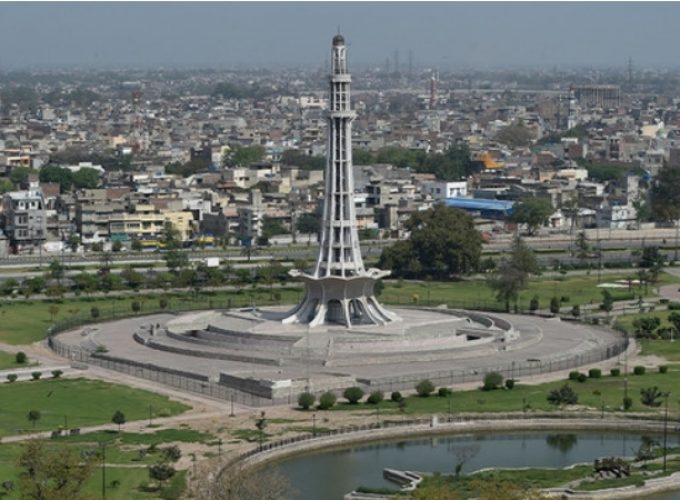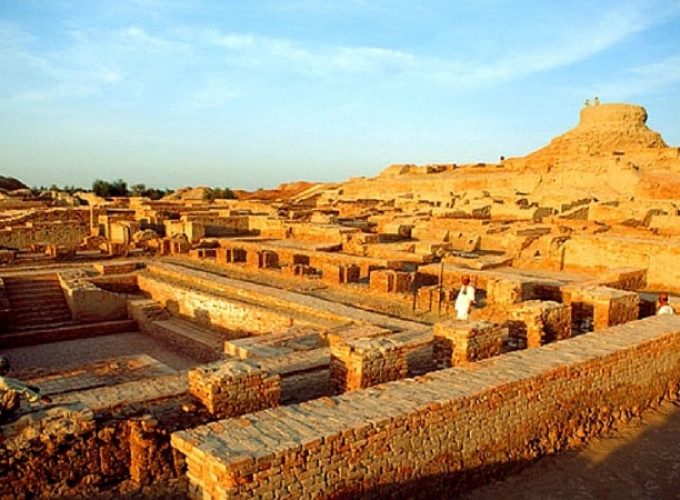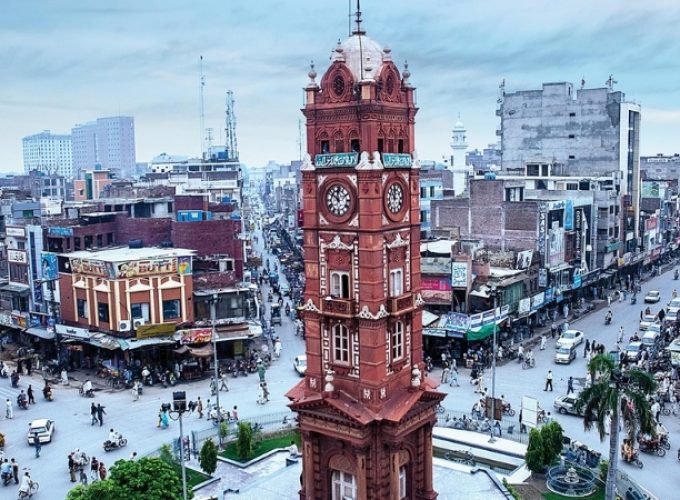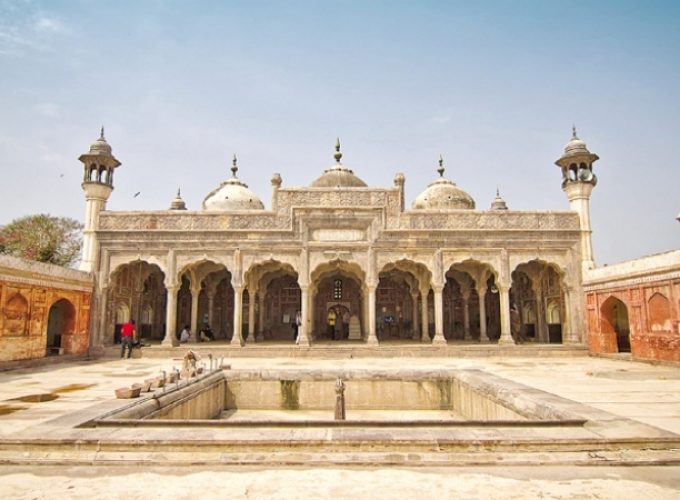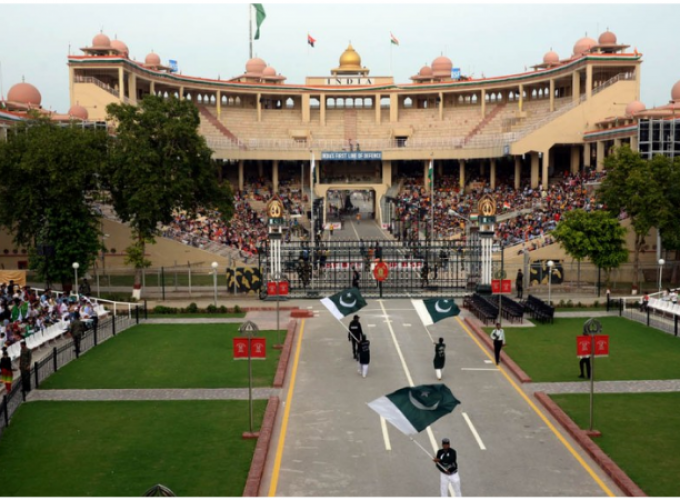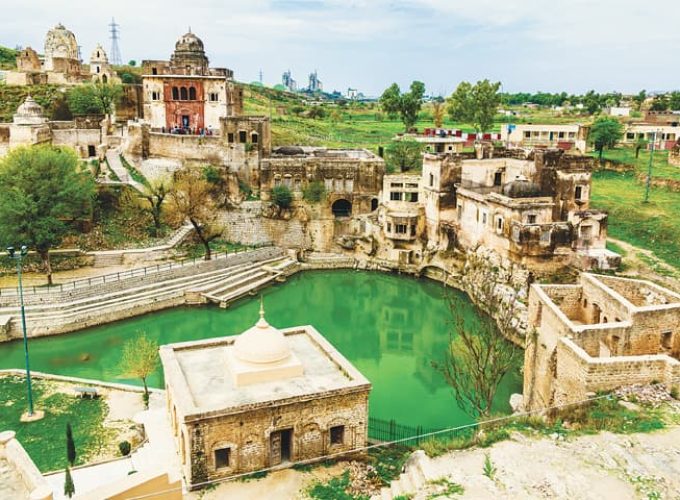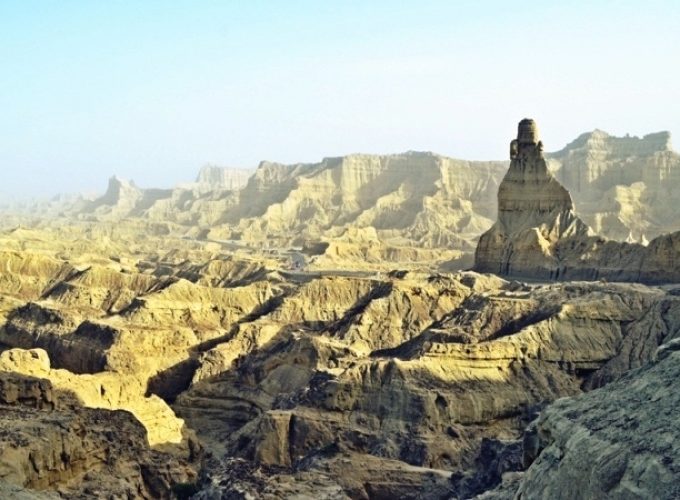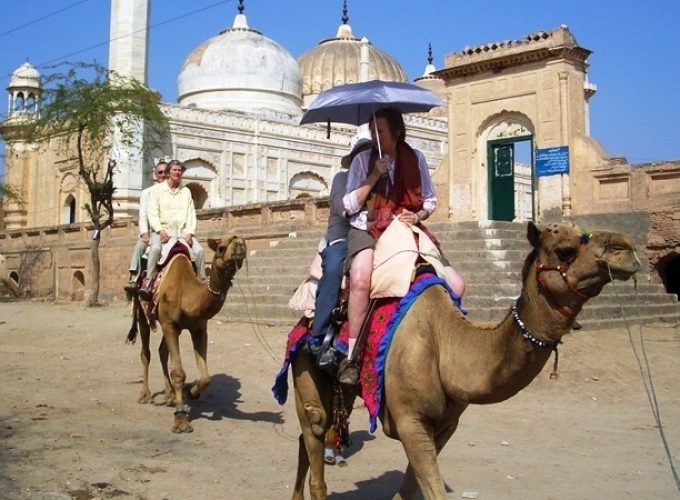Punjab (the land of five rivers – Jehlum, Chenab, Ravi, Satlej, and Indus) is the most populous and prosperous province of Pakistan. The province is enormously rich in cultural beauty and diverse geographically. Punjab houses innumerable tourist attractions including historic monuments, archaeological sites, cultural heritage and recreational hotspots in all its districts stretching from snowy hills of Murree to the southern burning deserts.
Second largest by size, encompassing a total area of 205,344km2 (79,284 sq. mi), and largest by population, housing some 56% of the country’s total residents, geographically, Punjab province situated to the mid-east of the country surrounded by Sindh province to the south, Baluchistan to the south-west, Khyber Pakhtunkhwa to the northwest, and the capital city of Islamabad and Azad Kashmir to the north. The entire eastern side of Punjab is bordered with the Indian states of Punjab, Rajasthan, and the Indian-administered territory of Jammu and Kashmir. Punjabi and Saraiki are major languages besides several dialects; Urdu is the national language understood widely while English is the official language. Lahore is the capital city and a major economic and cosmopolitan hub housing all the historic and modern attractions.

